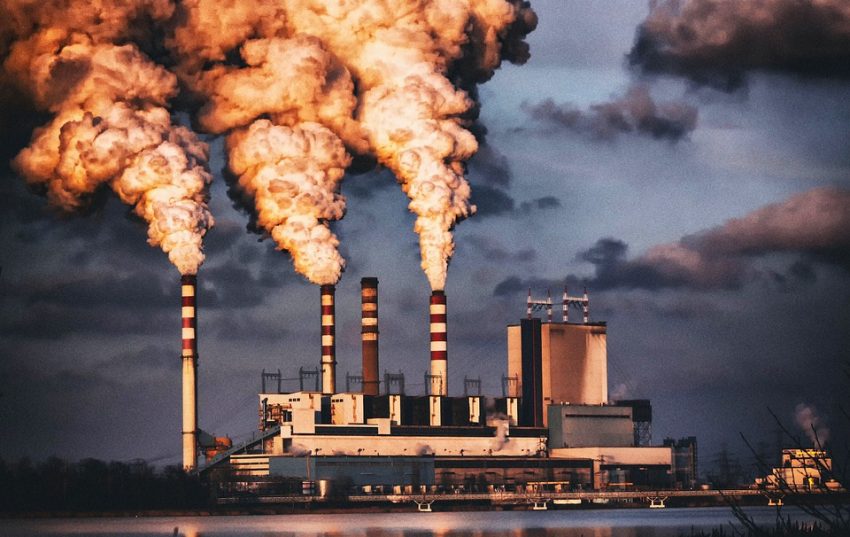One of the most severe environmental problems caused by human intervention in the natural environment is pollution, which harms the environment, makes the cultivation and consumption of natural resources impossible, causes ecological imbalances, and threatens human health. It is, therefore, essential to identify this problem to develop ways to deal with it.
1) Air Pollution
This relates to air pollution, mainly caused by emissions of toxic pollutants from factory smokestacks and vehicle exhaust. In addition to mineral coal, the burning of fossil fuels, such as oil and its derivatives, is also a significant source of this type of pollution.
The effects of air pollution are diverse and have local as well as global impacts. Human activities are also increasing the concentration of gases that cause the greenhouse effect, which traps the sun’s heat and makes the earth much warmer. This, in turn, intensifies the problem of global warming. There is a need to focus on the environmental issues occurring in cities, such as heat islands and thermal inversions at the local level.

2) Water Pollution
Degradation of water resources is characterized by the pollution of lakes, rivers, streams oceans, and oceans. It is primarily caused by excessive sewer runoff and pollution of watersheds as garbage is carried to the bottom of waterways during rains. Oil spills frequently occur in the oceans and seas.
Pollution of river water leads to loss of natural resources, especially drinking water, and increases fish mortality. For this reason, it is vital to conserve waterways in environments far from urban and inhabited areas. In the oceans, pollution also causes species loss and has a significant impact on the environment both inside and outside the sea.

3) Soil Pollution
Soil pollution occurs due to contamination or general contamination of the soil and affects economic activities and the surrounding environment. The principal occurrence is trash stored in landfills where there is the production of toxic liquids called leachate that can seep into the ground and even reach the water table. The same phenomenon occurs in cemeteries.
In agriculture, excessive use of pesticides to prevent crop pests can cause soil contamination. Excessive accumulation of toxic wastes can make the affected areas infertile, disrupt agriculture, and exacerbate local environmental problems. Therefore, prudent use of chemicals and preference for organic fertilizers is a more than necessary measure to mitigate the damage caused.

4) Noise Pollution
Noise pollution is common with hordes of people in urban environments, especially in traffic, construction machinery, etc. which generates excessive noise. According to the World Health Organization (WHO), the maximum volume of sound humans should hear 65 decibels. The primary damage is to human health, as urban environments often produce more than this.

5) Visual Pollution
Visual pollution is caused by an excess of advertising, such as posters, billboards, and signs, scattered throughout the urban environment and characterized by a large concentration of visual stimuli. Despite being seemingly non-offensive, visual pollution can intensify or generate stress and create an uncomfortable human occupation environment. Recently, laws have been drafted to mitigate these effects, but the problem has grown to its greatest extent during the election period.
Environmental degradation is advancing in all countries and regions. We deforest forests and jungles, we dam rivers, we drain wetlands, we pollute the oceans, the air, and the atmosphere, all this while hundreds of species are becoming extinct every year. It’s high time that we start being more conscious about the impact of our activities on earth and act sustainably to eliminate the harmful effects.

Share your views with us in the comments below!

